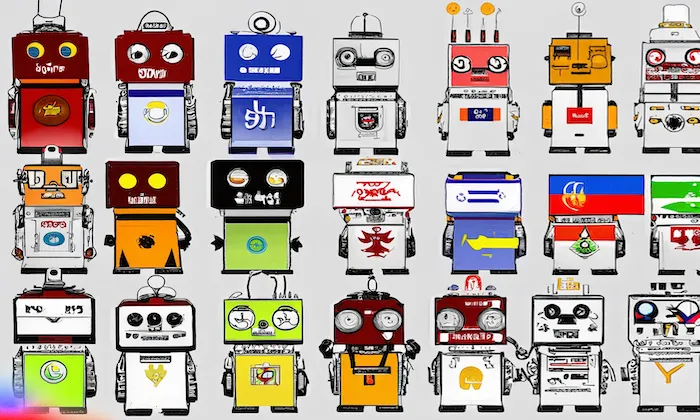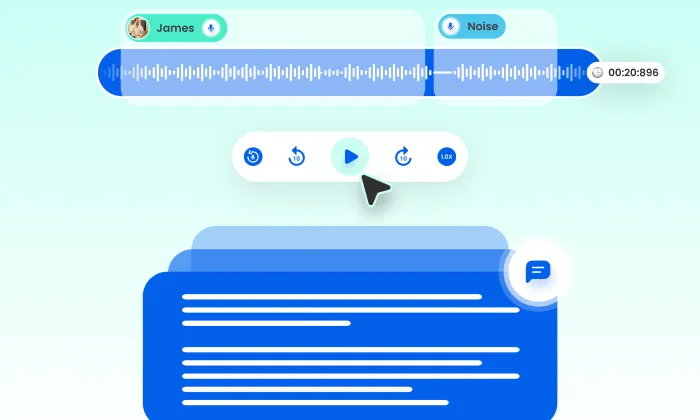How to fine-tune wake word detection?
Wake Word
Speech Recognition
Machine Learning
Wake word detection lies at the heart of every voice-first interface. Fine-tuning these models is critical for achieving fast, accurate, and reliable user interaction. From smart speakers and wearables to automotive systems, model responsiveness can determine product success. This guide outlines the strategies and tools needed to optimize wake word detection performance using high-quality, multilingual datasets and targeted model refinement techniques.
Why Fine-Tuning with FutureBeeAI Drives Accuracy
Models trained on generic or limited datasets often fall short in real-world scenarios. Fine-tuning using diverse, well-annotated data improves:
- Detection accuracy across accents and environments
- Latency performance on edge and mobile devices
- Generalization across demographic and acoustic variability
FutureBeeAI supports this process by offering both off-the-shelf and custom datasets—each backed by structured metadata and QA protocols to reduce model drift and false positives.
Wake Word Detection Pipeline: A Technical Overview
Effective wake word detection follows a structured model development workflow:
Step 1: Data Collection
Start with quality, diversity, and coverage.
- Use off-the-shelf datasets from FutureBeeAI featuring over one hundred languages, multiple accents, and balanced speaker demographics.
- Collect custom wake word data via the YUGO platform, ensuring controlled environments, consistent wake word phrasing, and structured metadata for each clip.
Step 2: Feature Extraction
Convert raw audio into model-ready inputs.
- Apply Mel-frequency cepstral coefficients (MFCCs), log-mel spectrograms, or filter banks.
- Normalize features to standardize across different speakers and conditions.
Step 3: Model Training
Use supervised training with labeled wake word and non-wake word samples.
- Integrate contextual metadata from FutureBeeAI datasets to boost model understanding
- Apply stratified sampling to balance wake word and background classes
Four Core Strategies to Fine-Tune Wake Word Models
1. Expand Dataset Diversity
Include varied:
- Accents and dialects
- Age and gender groups
- Indoor and outdoor acoustic profiles
This helps prevent overfitting and improves performance in deployment environments.
2. Apply Targeted Data Augmentation
Simulate real-world variability using:
- Pitch shifting for vocal variation
- Time stretching to model different speaking speeds
- Background noise overlays for noise-robust inference
3. Optimize Model Architectures
Deploy architecture suited to device constraints and use cases:
- Use CNNs for spectral pattern detection
- Employ RNNs or GRUs for time-dependent inputs
- Leverage transfer learning with pre-trained models like Porcupine or Google's Speech Commands baseline
4. Establish a Continuous Evaluation Loop
Benchmark model improvements with:
- Precision-Recall curves and confusion matrices
- FAR (False Acceptance Rate) vs FRR (False Rejection Rate)
- Real-user A/B testing for responsiveness under varied conditions
On-Device Deployment and Latency Considerations
Wake word models are often deployed on edge devices with limited compute capacity.
- Use quantization and pruning to reduce model size
- Optimize for sub-500 KB footprints for fast on-device inference
- Target <150 ms response latency to ensure real-time usability in smart homes and automotive systems
Addressing Detection Challenges at Scale
Fine-tuning also means anticipating scalability and accuracy risks:
- Noise-resilience: Train with controlled noise injection strategies
- Demographic drift: Continuously refresh training sets to match evolving user bases
- False triggers: Employ balanced datasets to reduce spurious activations
Why Partner with FutureBeeAI
FutureBeeAI provides the foundational infrastructure to support fine-tuning efforts:
- Multilingual wake word datasets with high annotation fidelity
- The YUGO platform for scalable and structured speech collection
- Metadata-rich annotations that improve model context awareness
Whether you need standard phrases like “Hey Siri” or brand-specific wake words in low-resource languages, our solutions are designed for production-grade AI systems.
To achieve fast, accurate wake word detection at scale, start with data that matches the complexity of your target environment. FutureBeeAI delivers training-ready, compliant datasets that empower AI teams to optimize model performance with confidence. Contact us to get started.
What Else Do People Ask?
Related AI Articles
Browse Matching Datasets
Acquiring high-quality AI datasets has never been easier!!!
Get in touch with our AI data expert now!








